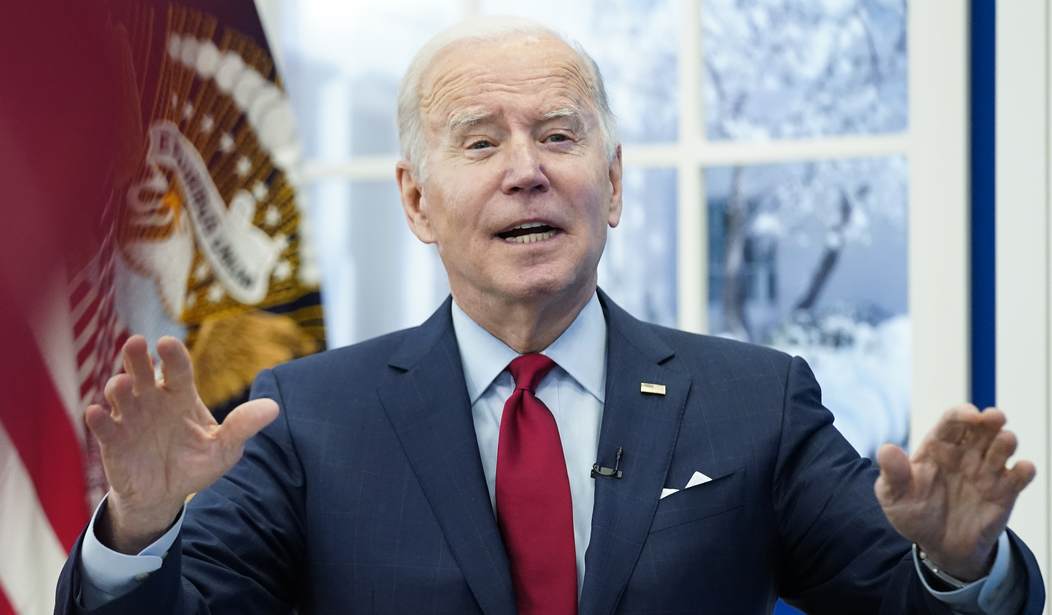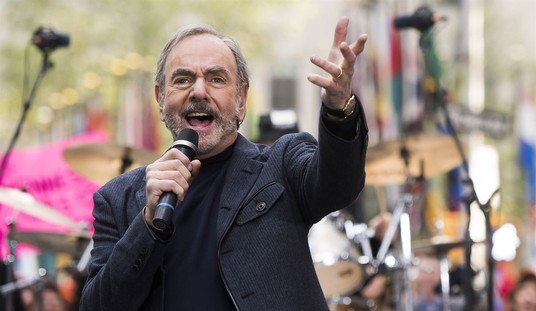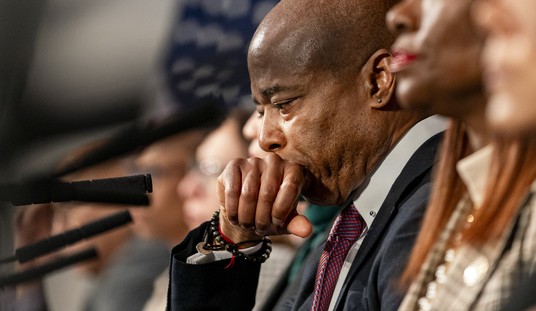Call this one last lump of coal in Joe Biden’s stocking for 2021, and a harbinger of what might be coming next month for fourth-quarter GDP. Even with expectations set at a relatively modest 422,000 for job growth in December, the US economy couldn’t make it even halfway to the mark. Instead, we only added 199,000 jobs last month, the lowest growth in three months:
Total nonfarm payroll employment rose by 199,000 in December, and the unemployment rate declined to 3.9 percent, the U.S. Bureau of Labor Statistics reported today. Employment continued to trend up in leisure and hospitality, in professional and business services, in manufacturing, in construction, and in transportation and warehousing. …
Total nonfarm payroll employment rose by 199,000 in December, and the unemployment rate declined to 3.9 percent, the U.S. Bureau of Labor Statistics reported today. Employment continued to trend up in leisure and hospitality, in professional and business services, in manufacturing, in construction, and in transportation and warehousing.
The number of persons employed part time for economic reasons, at 3.9 million in December, decreased by 337,000 over the month. The over-the-year decline of 2.2 million brings this measure to 461,000 below its February 2020 level. These individuals, who would have preferred full-time employment, were working part time because their hours had been reduced or they were unable to find full-time jobs. (See table A-8.)
The number of persons not in the labor force who currently want a job was little changed at 5.7 million in December. This measure decreased by 1.6 million over the year but is 717,000 higher than in February 2020. These individuals were not counted as unemployed because they were not actively looking for work during the 4 weeks preceding the survey or were unavailable to take a job.
However, the report actually showed 651,000 jobs picked up … in its parallel survey of households:
While the establishment survey showed much lower than expected job gains, the household count told a different story, with a gain of 651,000. There also were upward revisions for prior months, with the final October tally pushed up to 648,000, an increase of 102,000, while November’s disappointing report gained 39,000 in its first revision to 249,000.
The Household survey is much more volatile, which is why BLS uses the Establishment survey for its official numbers on job gains. Its data swing wildly on occasion from month to month, and at times so much — like now — that it calls the entire BLS methodology into question. It’s worth noting that ADP originally pegged job growth much higher in December, too:
Companies hired at the fastest pace in seven months in December ahead of escalating concerns over surging Covid cases, according to a report Wednesday from payroll processing firm ADP.
Private job growth totaled 807,000 for the month, well ahead of the Dow Jones estimate for 375,000 and the November gain of 505,000. The November total was revised lower from the initially reported 534,000.
The total was the best for the job market since May 2021′s 882,000 figure.
So which is correct? YMMV, but in longitudinal metrics, it’s impossible to take one from Column A one month and then Column B the next.
There were some bright spots in this report, but mostly in retrospect. The labor participation numbers didn’t improve at all, but the revisions again added a significant number of jobs to the previous two months — a total of 141,000 more jobs than previously reported. The holidays might make December’s preliminary numbers even more susceptible to upward revision later, but needless to say that we’re not going to see an upward revision that brings the total to 422,000.
Even the good news on wages is more or less a wash. Hourly earnings went up 19 cents and have risen 4.7% over the past year. Normally that would be spectacular, but the current CPI inflation rate is annualized at 6.8%, which means that workers actually lost ground.
So which industries managed the biggest gains? Every sector of good-producing jobs picked up momentum, a good sign for the economy down the road, and most of the service industries gained as well. Retail lost 2100 jobs, a bad sign considering the emergence of Omicron and the potential impact of isolation requirements. On the other hand, leisure/hospitality gained 53,000 jobs, while transportation picked up 18,700 last month — perhaps a signal that supply chain issues are slowly being addressed.
The lack of new jobs is concerning, the Wall Street Journal concludes, but the better news is that the workforce is becoming more resilient to COVID-19 waves:
Hiring slowed in December to 199,000 new jobs, the Labor Department said Friday, while the U.S. added a record number of positions in 2021. The jobless rate declined to 3.9%.
Friday’s jobs report captures hiring activity that occurred before the Covid-19 Omicron variant spread rapidly in late December. Though the variant has taken a toll on some businesses’ revenue, many employers are clinging to the workers they have as consumers continue to spend. Jobless claims, a proxy for layoffs, clocked in at 207,000 last week, near the lowest level in five decades.
“The economy right now is in a good spot and is resilient enough to withstand this Covid surge,” said Julia Pollak, economist at jobs website ZipRecruiter. “We just expect the year to bring a more moderate, sustainable pace of recovery and growth.”
Economists say businesses and workers are gradually learning to live with successive waves of the coronavirus pandemic, limiting economic damage.
True, but that economic damage will limit the amount of capital that can get used to create and expand job-creating activities. We should probably expect only modest job growth for the next several months as these outbreaks wring themselves out and investors and workers recover from that impact. And as long as the Biden administration keeps employing cheap sugar-high stimulus policies rather than tighten the monetary supply and structure proper incentives for growth, we might need to wait a lot longer than necessary.








Join the conversation as a VIP Member